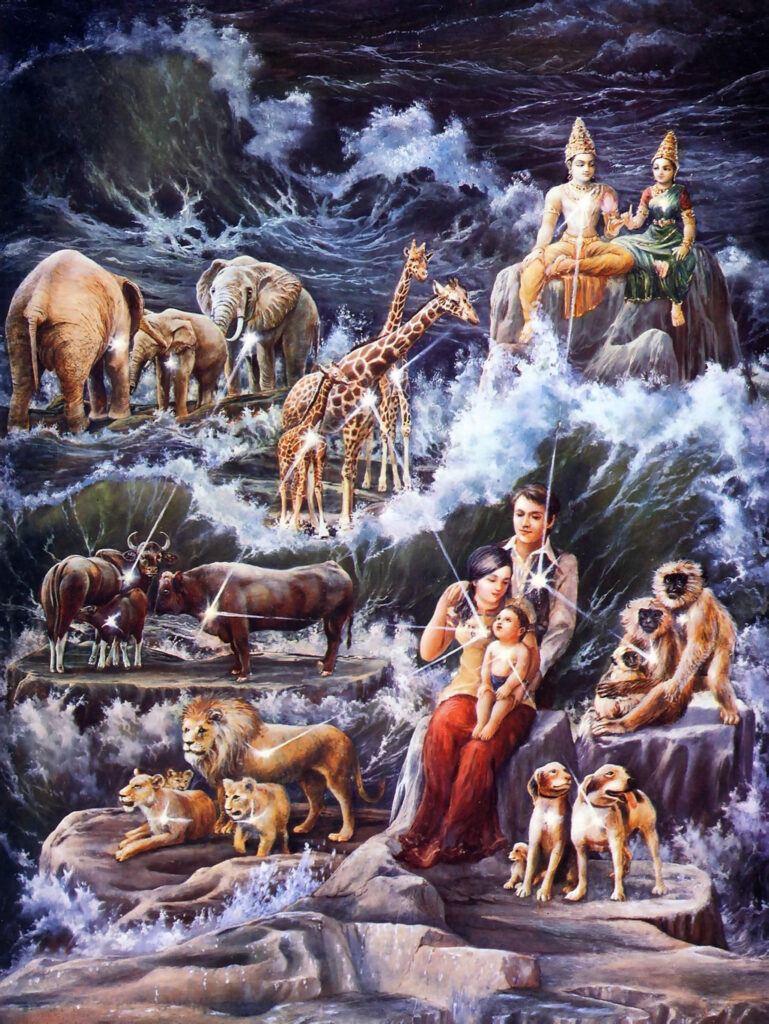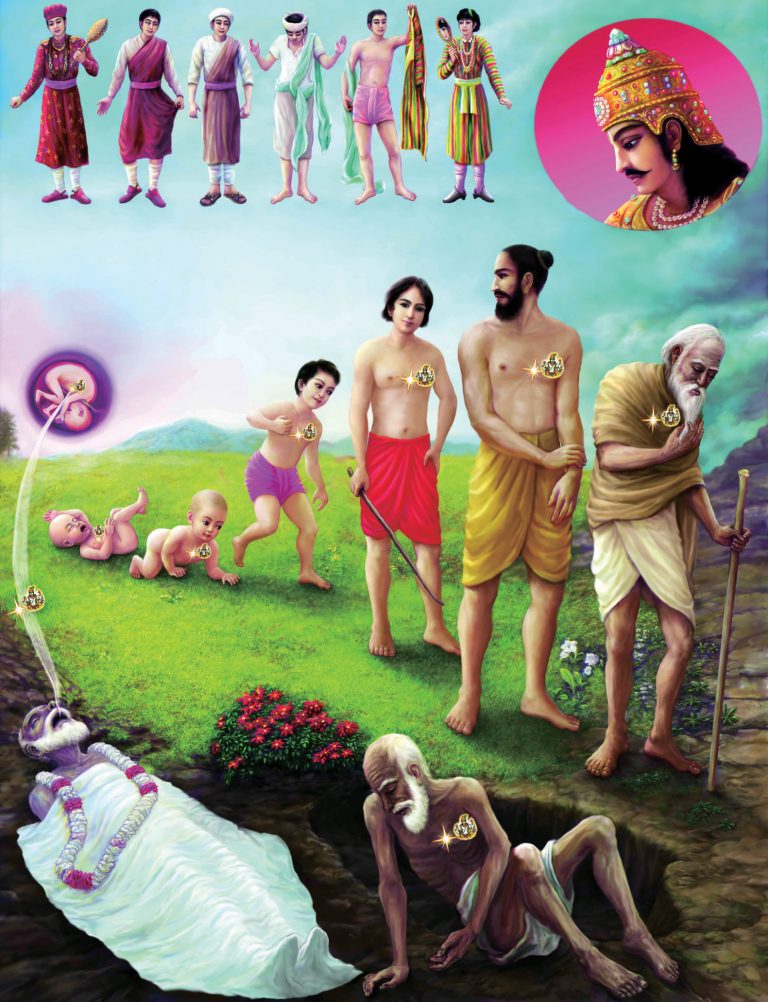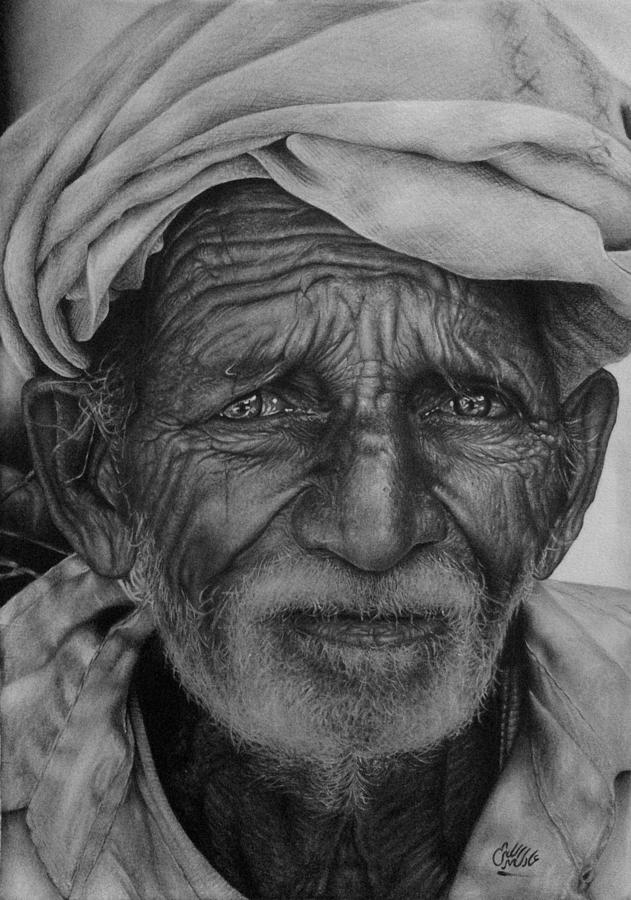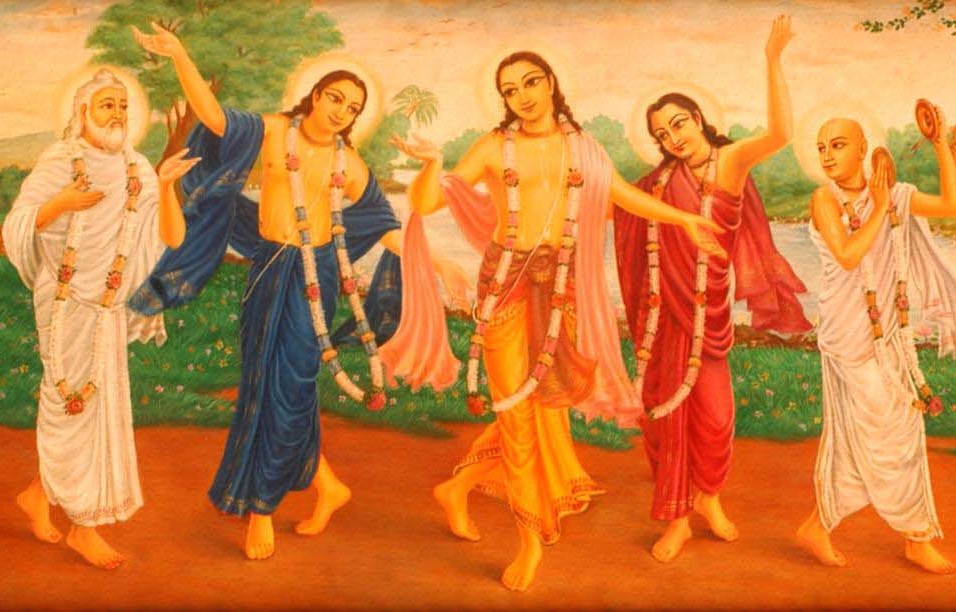
One night a flying saucer arrived at a farm in an isolated rural area. It was “manned” by Blobbians from planet Blobbia. The Blobbians don’t need clothes because there is no difference between their backside and their front. They have no distinct head, arms or legs. Their bodies are basically just blobs – a bit like mine these days. They arrived in the middle of the night and saw a bunch of clothes on a clothesline. They were curious and had no idea what they were, so they took them off the clothesline and decided to take them back to Blobbia for scientific analysis. At that point the silence of the outback night was disturbed by the barking of a dog, and the Blobbians, very timid creatures, retreated to their flying saucer and high-tailed it back to Blobbia without ever seeing an earthling.

Back in Blobbia, the entire scientific community was fascinated by these strange objects and were coming up with numerous speculative theories to try and understand what they had found. They were made of materials not found in Blobbia. Some were soft and silky, with strange lacy bits hanging off them. They all had empty spaces inside them, some with long hollow tubes coming out of the sides. Some were blue and tough, with little loops around the top and long tubes coming out of the bottom. They had strange metal teeth that you could open or close by pulling the little handle up and down. No one could understand what they were or what function they served because they had no experience or understanding of the human body.
So in a similar way, there is no way we can properly understand the workings and function of the body and mind without having an understanding of the soul. The body and mind are the gross and subtle coverings of the soul. The mind or subtle body is like the undergarments and the gross physical body is like the outer garments. The gross and subtle bodies only function because of the presence of the soul, just as clothes have no function or value without a body to wear them. It is the soul who brings life to the body. George Harrison had the great fortune to meet my spiritual master, Srila Bhaktivedanta Swami Prabhupad, and consequently he understood that he was not his material body. Normally a very famous person is very attached to the name and fame of his body, but George said:
The living thing that goes on, always has been, always will be. I am not really George, but I happen to be in this body.

All of these processes occur due to the presence and influence of the soul within the body. But once the soul leaves, the body soon deteriorates, becomes a rotting stinking mess, and returns to earth. At this time we know that the person we loved has gone. Only a mad person wants to keep a rotting corpse on the lounge and relate to it as if it were a real person – the person has already moved on. There is no longer a conscious living being within. Without understanding the presence of the soul within the body and mind, it is not actually possible to understand how the body and mind work. Scientists cannot actually define “what is life?” and “what is death?” because they are not accepting or understanding the reality of the soul.
While the soul is present within the body, extremely complex processes are going on. There is consciousness present: awareness and the ability to communicate and experience various emotions like love, anger, happiness and sadness. Respiration, metabolism and reproduction take place. The body and mind react to outside stimuli. The lungs extract oxygen from the air and when we eat and drink, through the process of metabolism the nutrients are distributed throughout the body. Due to the presence of the soul within the region of the heart, blood and oxygen are pumped through the vascular system to feed millions of living cells. Nervous impulses send a myriad of messages from the senses to the brain and to the various organs and limbs. There is thinking, feeling and willing, and various desires manifesting within the mind. The body and mind go through many transformations. And finally deterioration through the aging process makes the body uninhabitable and the soul leaves.
For the last forty years or so, there has been a big debate going on about what constitutes clinical death. Sometimes a person is declared clinically dead, and then they come back into their body. They may have some recollection of a near-death or out-of-body experience. But they were supposed to have died, and now they are alive again. What is their definition of death? They can only say, “When they don’t come back!” They have no clear definition of “life” and “death.” This has been creating problems in the United States, for instance, as there are so many laws and regulations which deal with life, death and murder etc. In the early 1980’s, a member of Congress said, “We think it’s the duty of Congress to define life; to say what life is.” But they were unable to agree or find an adequate definition of life. They are still unable to properly define life and death because they don’t understand the symptoms of the presence of the soul.

Steven A. Bennett has written of the difficulty that Scientists have in defining life in the science journal “Astrobiology” [Dec 2010] in an article entitled Defining Life [found on the website of the US National Library of Medicine National Institute of Health]. In this article, Bennett quotes Daniel Koshland, president of the American Association for the Advancement of Science (which publishes the prestigious journal Science), who recounted his own experience with a committee that was charged to generate a definition of life:
What is the definition of life? I remember a conference of the scientific elite that sought to answer that question. Is an enzyme alive? Is a virus alive? Is a cell alive? After many hours of launching promising balloons that defined life in a sentence, followed by equally conclusive punctures of these balloons, a solution seemed at hand: “The ability to reproduce – that is the essential characteristic of life” said one statesman of science. Everyone nodded in agreement that the essential of a life was the ability to reproduce, until one small voice was heard. “Then one rabbit is dead. Two rabbits – a male and female – are alive but either one alone is dead.” At that point, we all became convinced that although everyone knows what life is, there is no simple definition of life.

The same point is reiterated by George Rice from Montana State University in his article “Are Viruses Alive?” on the Microbial Life website. Rice asks the question What Defines Life? His answer is:
“There is no precise definition of what separates the living from the non living.”
However, the answer to this question has been around since time immemorial. The ancient Vedic wisdom answers this question quite simply: what separates the living from the non living is the presence of the soul:
It should be understood that all species of life, O son of Kunti, are made possible by birth in this material nature, and that I am the seed-giving father.
[Bhagavad-gita 14:4]
One who always sees all living entities as spiritual sparks, in quality one with the Lord, becomes a true knower of things. What, then, can be illusion or anxiety for him?
[Sri Isopanisad, Text 7]

The soul is the animating principle. Even young children can understand this. When my son’s guinea pig was dying, he played chanting to it so that it could leave its body in God’s presence and move on to a higher plane of existence. When the soul had left, he was a bit sad but he knew he had helped that living being in its spiritual evolution. And he knew that the living being had gone.
Any child can tell the difference between a live guinea pig and a dead one, or between a tree and a telegraph pole. They can perceive the presence of life in one and the absence of life in another. It is easy to understand that the body is no longer alive because the person, the soul, has left. But deny the existence of the soul, the existence of a non-material or spiritual energy and it is impossible to define life. Modern material science cannot explain life because it denies the existence of spiritual energy. They believe that matter is the only energy. The Supreme Lord Krishna describes in the Bhagavad-gita that there are two categories of energies emanating from Him, which together make up the material creation:
Earth, water, fire, air, ether, mind, intelligence and false ego – altogether these comprise My separated material energies. Beyond this inferior nature, O mighty armed Arjuna, there is a superior energy of Mine – the living beings who are struggling with material nature and are sustaining the universe.
[Bhagavad-gita 7:45]
Material energy is inferior because it is neither aware nor living. It is not a person or self, it has no personality. It is lifeless, unconscious, purposeless and inactive. Spiritual energy is superior because every particle or spark of spiritual energy is a living, aware, active, purposeful self or person. The soul is an indestructible life particle. Some of its sublime qualities are described in the Bhagavad gita:

Know that which pervades the entire body is indestructible. No one is able to destroy the imperishable soul. Only the material body of the indestructible, immeasurable and eternal living entity is subject to destruction … For the soul there is never birth nor death. Nor having once been, does he ever cease to be. He is unborn, eternal, ever-existing and primeval. He is not slain when the body is slain.
[Bhagavad-gita 2:17, 18, 20]
Srila Bhaktivedanta Swami describes the soul’s influence on the body in the purport to Bhagavad-gita 2:17:
This very small spiritual spark is the basic principle of the material body, and the influence of such a spiritual spark is spread all over the body as the influence of the active principle of some medicine spreads throughout the body. This current of the spirit soul is felt all over the body as consciousness, and that is the proof of the presence of the soul. Any layman can understand that the material body minus consciousness is a dead body, and this consciousness cannot be revived in the body by any means of material administration. Therefore, consciousness is not due to any amount of material combination, but to the spirit soul. …
If we think that we are simply a combination of material particles, then we are devaluing life, and we will see the goal of life as simply being union with matter, the accumulation of material things and experiences to satisfy our material senses. According to this philosophy, we satisfy our senses for a short period of time and then we die. That is all there is to life. Where is the value in this? We hear sayings such as, “Eat drink and be merry, for tomorrow we die” and “You only live once, so enjoy it while you can.” But no amount of union with matter can satisfy us because we are not matter, we are spiritual beings and we crave union with the source of all spiritual energy, the Supreme Spirit. This is the blissful union of yoga. Without understanding the proper relationship between the soul and her material coverings – the mind and material body with its ever demanding senses – we can never be truly satisfied or experience true peace.
So for the materialist, life is just a joy ride where we desperately try to suck in as much matter as possible through our various senses. Not understanding we are spirit souls creates so much suffering. The irony is that the more we try to enjoy our senses the more problems we create for ourselves. As Leonard Cohen once put it, “You are locked into your suffering and your pleasure is the seal” [Stories of the Street]. The pursuit of material pleasure leads to lust, anger, greed, selfishness, hedonism, exploitation of others and the environment, overindulgence, health problems, addictions etc. Some people think that to be free means to do whatever you want whenever you want and to hell with the consequences.

They think this is being free, but such a person is not actually free – he is a slave of his senses. He is being dragged around by his tongue and his belly and his genitals etc., constantly being whipped by his endless desires. The Vedic scriptures describe such a person who is controlled by his senses as a “godas” or servant of the senses. One who has conquered his mind and senses is called a “goswami” or master of the senses. Factually, without understanding our spiritual identity we cannot control our senses, and without control of the senses we cannot attain a state of peacfulness. This is stated in Bhagavad-gita:
One who is not in transcendental consciousness can have neither a controlled mind nor steady intelligence, without which there is no possibility of peace. And how can there be any happiness without peace?
[Bhagavad-gita 2:66]

There are many examples illustrating how lack of control of the mind and senses leads to misery and self-destructive behaviours through over-consumption, overeating, addictions to drugs, alcohol, gambling, compulsive spending, sex addiction etc. How many lives are destroyed by these various addictions? Then there are the many mental afflictions such as stress, anxiety, mania, depression, psychosis, eating disorders etc. All of these conditions are forms of suffering derived from misidentification of the self with the material body and mind. Following the uncontrolled mind in the pursuit of sensual pleasure is a récipe for disaster. But controlling the mind and senses is not that easy, especially if we attempt to do it on our own.

So how do we subdue the restless, turbulent and obstinate mind? The mind is like a restless young child – it can’t sit still but jumps from one thing to another. With such a child it doesn’t really work to tell them to sit still and do nothing. You need to give him or her a superior engagement: “Alright Johnny, you give me the axe and we’ll do some colouring-in with these crayons.” In a similar fashion, we control the mind and senses by giving them a higher engagement. In particular, we arrange for the mind to regularly bathe in and find rest and relief in the transcendental sound vibrations of the names and words of the Supreme. Transcendental sound is all-pure and all-purifying because it is non-different from the Supreme Person Himself. It gradually clears away the dust of material conditioning and enables us to experience our eternal spiritual identity. And it enables us to fully taste ananda, the eternal and natural happiness of the soul:
All glories to the congregational chanting and singing of God’s names, which cleanses the heart of all the dust accumulated for years together, and extinguishes the fire of conditional life, of repeated birth and death. This congregational chanting of the names of God is the prime benediction for humanity at large because it spreads the rays of the benediction moon. It is the life of all transcendental knowledge. It increases the ocean of transcendental bliss, and it enables us to fully taste the nectar for which we are always anxious.
[Lord Chaitanya’s First Prayer]



Leave A Reply